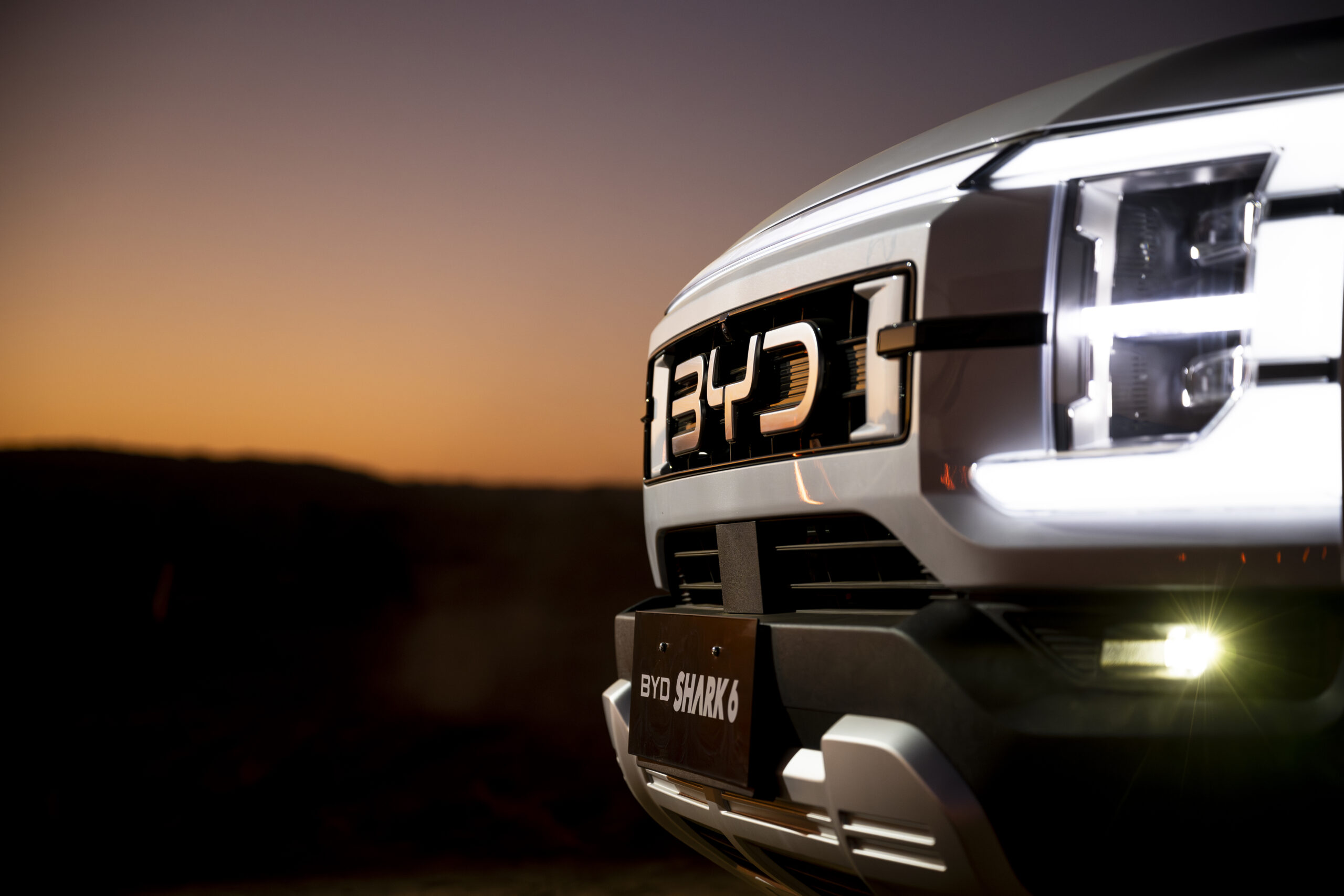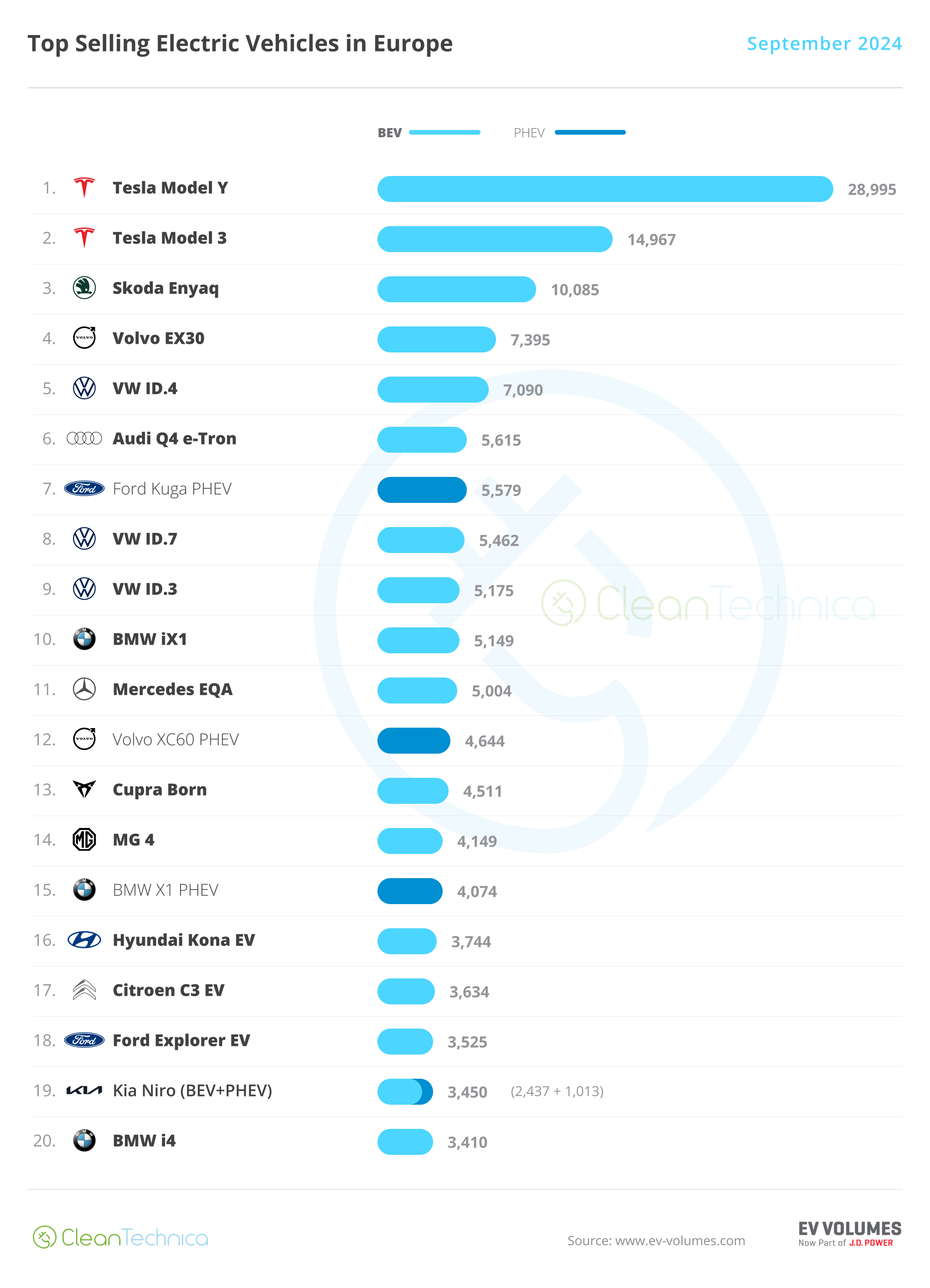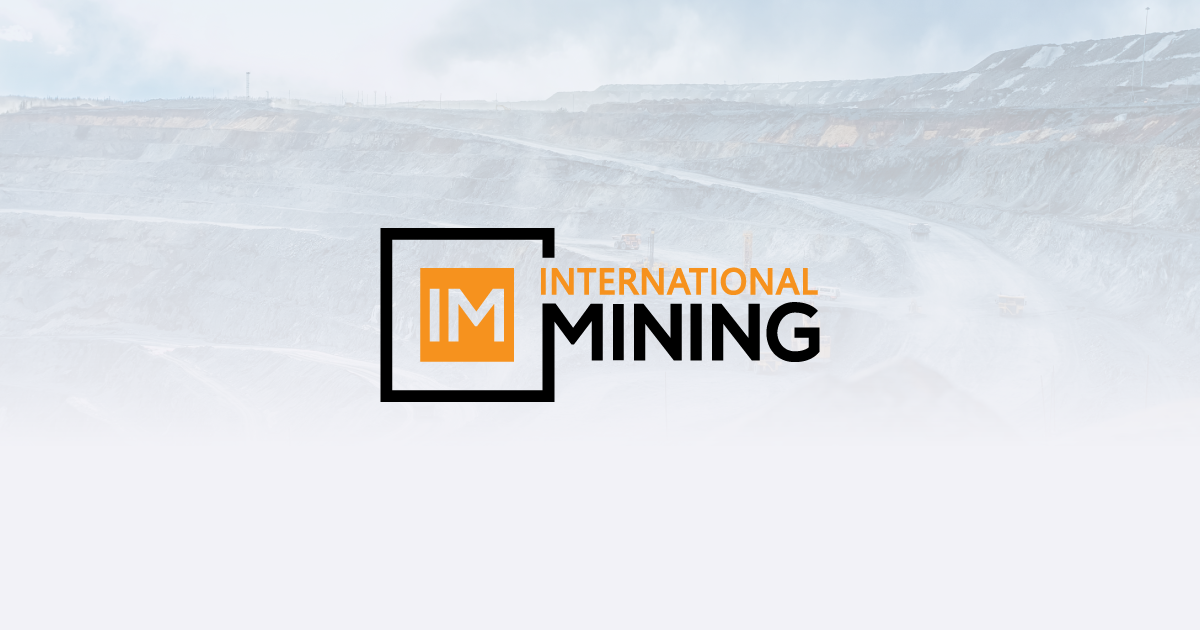Sign up for daily news updates from CleanTechnica on email. Or follow us on Google News!
Whenever we get visiting celebrities talking about their visit to Australia, they mention their fear of shark attack. The shark is the apex predator in southern Australian waters. Up north the apex predator is the saltwater crocodile. Then, there are the snakes and spiders. To quote Steve Irwin, “Crikey.” So, when BYD launched its new extended range electric vehicle (EREV), a ute, and called it the Shark, the company hit a nerve. Although CleanTechnica has already published on the Shark, I thought this vehicle was significant enough to warrant a second article.

Why? Because Australia’s light vehicle market is dominated by utes — the Ford Ranger, the Toyota Hilux and Landcruiser, the Mitsubishi Outlander and Triton, the Isuzu D-Max, just to name the top sellers. Utes make up over 20% of the Australian new car market. Up till now, the PHEV and BEV offerings in this segment have been overpriced and underpowered. Even the promised Ford Ranger PHEV only has an electric range of 25 miles. The Ford F-150 Lightning costs over AUD$200,000. And the LDV eT60 just couldn’t cut it.

EVDirect (BYD’s Australian distributor) chose the iconic town of Broken Hill in New South Wales to launch the ute. More than 2,000 EREV Shark utes were sold in the first 24 hours, crashing their website. This is before test drives. These utes are already on their way to Australia, with test drives available in December. All this for under AUD$60,000. The Shark has all-wheel drive, has a braked towing capacity of 2,500 kg, and can do 0–100 km/hr in 5.7 seconds. It comes equipped with a 30-kWh Blade battery for an all-electric range of 100 km, augmented by a 1.5 litre turbo charged engine. Ground clearance is 230 mm (9 inches). Tow bar and trailer light sockets come as standard.

Can it handle Australia’s rugged Outback? You betcha — check out the video here:
The ute is so quiet that the kangaroos, bush pigs, and emus don’t notice it until the ute is quite close. In the comments underneath are lots of favourable comparisons with the Ford Raptor (which is AUD$40,000 more expensive). “This would leave them behind at the lights!” And “Just ordered three (BYD Sharks) for my company.”
The commentator in the video constantly makes reference to the quietness of the BYD drive. “You are more in nature, rather than dominating it,” he says. “I wouldn’t say this is a better off-roader than a Hilux, but it is competitive.” And his conclusion: “I am genuinely shocked that BYD has made such a good job of its first dual cab ute, it’s a contender.” At the start of his 1700 km trip, he was worried that he would end up on the side of the road with a mechanical or software issue and have to be rescued by a Toyota. Obviously, he did not.

That’s why the BYD Shark EREV ute is selling quicker than swimmers leaving the ocean at the shark attack siren! We revisited the dealership where we viewed the Shark two weeks ago to test drive the Jeep Avenger. I popped in to see the representative that showed us the ute to find his desk buried in paperwork. He can’t keep up, sales are massive. That should take a bite out of the market share! Over 3,000 Shark utes are expected to be delivered in the coming months. Shark attack!
A revisit to the Shark Facebook group found even more positive personal views:
“I can’t believe after sitting in it and kicking the tyres and shaking it around that we ever paid upwards of $AU100k for utes in Australia that have nothing in them tech wise. Yeah, I know some people like a seat and a motor but jeez how long will other brands be able to continue charging stupid high prices? Competition is great.”

And in response: “Sadly, these other brands will never try to catch up and improve their cars. What will happen in Australia is the same as the USA, they [legacy brands] will lobby the government to apply tariffs to Chinese cars and then we’ll be paying Ranger prices for a Shark.”
I expect they will say, “there is too little demand for EVs,” meaning that there is little demand for the products produced by traditional OEMs. BYD is increasing its number of employees (with the total at 900,000 and counting) and building new factories around the world, while OEMs are trimming their workforces and closing factories.

Currently the Australian federal government gives tax breaks for working utes and also for PHEVs, so that gives the Shark twice the opportunity to break into the Australian market. The PHEV fringe benefit tax break runs out in a few months, which may also be increasing sales. I am assured that next year the Shark will be available as a fully electric vehicle and also in Orange ‘hi vis’! That’ll make a statement on the worksite as tradies power up their tools in the truck bed. The future of construction looks bright and electric!
Editor’s note: The Shark also recently launched in Brazil and Paraguay. I wonder what the reception is like there. I imagine it’s quite similar to the reception in Australia. If you have any intel on that, let us know!
Have a tip for CleanTechnica? Want to advertise? Want to suggest a guest for our CleanTech Talk podcast? Contact us here.
Sign up for our daily newsletter for 15 new cleantech stories a day. Or sign up for our weekly one if daily is too frequent.
CleanTechnica uses affiliate links. See our policy here.
CleanTechnica’s Comment Policy




